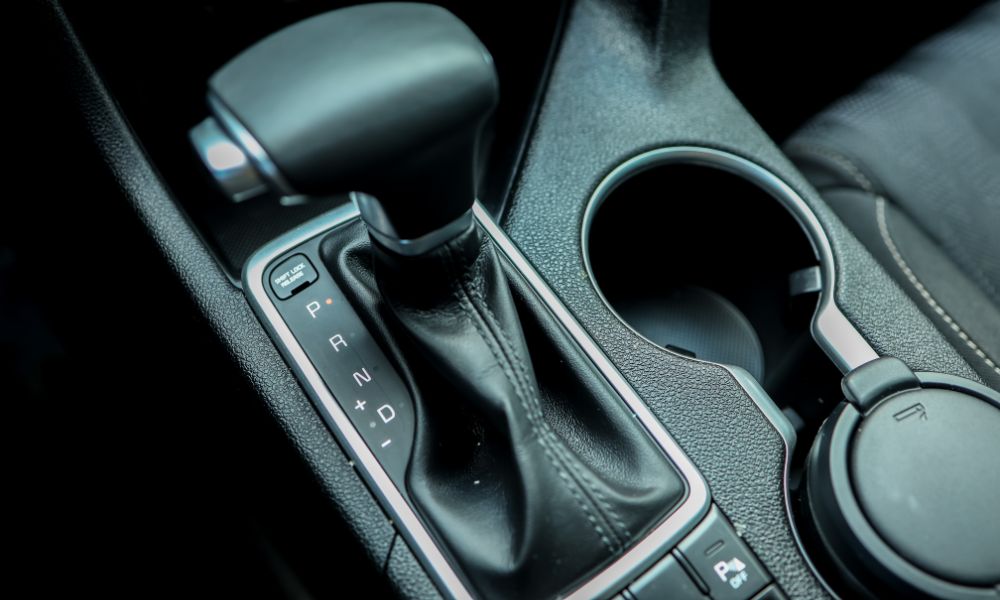
Transmissions are the unsung heroes of our vehicles, ensuring power from the engine is transferred efficiently to the wheels. They’re intricate systems, and understanding their function can provide insights into potential issues with a vehicle. If you’ve ever been curious about how a transmission works and how to tell if it’s broken, this guide is for you.
The Basics of Transmission
In essence, a transmission is a mediator between your engine and wheels. It regulates the power produced by the engine, ensuring the wheels receive just the right amount of power. The transmission will shift gears depending on the vehicle’s speed and load to provide optimal power and fuel efficiency. Think of it as a sophisticated dance, where the transmission continually adjusts to ensure smooth vehicular performance.
Manual vs. Automatic
Two main types of transmissions are manual and automatic. Manual transmissions require the driver to change gears manually using a clutch. They offer more control but can be challenging for some to master. On the other hand, automatic transmissions do all the gear shifting for you, providing a hassle-free driving experience, especially in stop-and-go traffic situations.
Signs of a Failing Transmission
Identifying a malfunctioning transmission early can save you from costly repairs. Common symptoms of a failing transmission include rough or delayed shifting, strange noises when in neutral, and even the car refusing to go into gear. Additionally, if you notice a slipping sensation where the engine revs but the car doesn’t accelerate as it should, it might indicate transmission issues.
The Importance of Regular Maintenance
Regular maintenance is crucial to extend the life of your transmission. This means performing periodic checks and, if necessary, replacing components. Regular servicing can prevent minor issues from escalating into major problems. It’s also wise to be mindful of driving habits. Rapid acceleration and heavy towing, for instance, can wear out your transmission more quickly.
Transmission Fluid
Transmission fluid plays a pivotal role in keeping the system cool and lubricated. Over time, however, this fluid can degrade or become contaminated. If the fluid appears dark or has a burnt smell, it’s a sign that it needs changing. Neglecting this can lead to inadequate lubrication, increasing wear and tear on your vehicle. Regularly checking and changing the fluid based on the proper type for your vehicle will prolong the life of your transmission.
Now that you know how a transmission works and how to tell if it’s broken, you’re better equipped to detect potential issues and effectively maintain your vehicle. Knowledge is power, and in this case, it could mean the difference between a minor repair and a significant overhaul.
